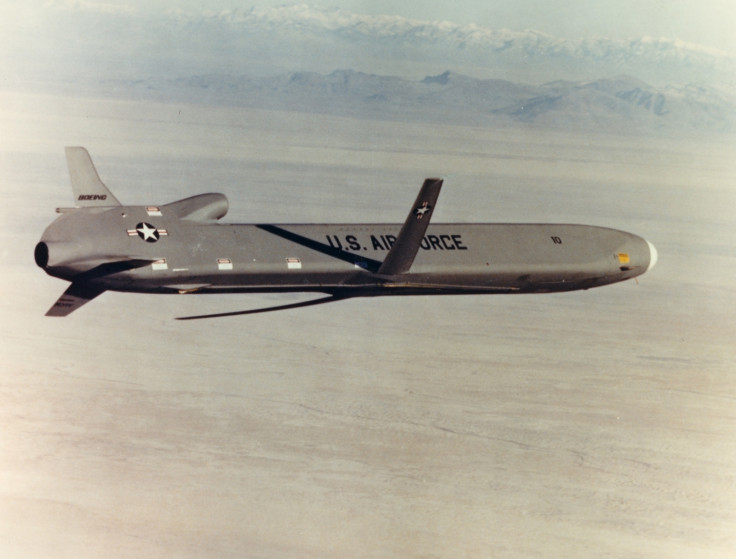US to build next-gen cruise missiles to upgrade its nuclear arsenal
Lockheed Martin and Raytheon are involved in the massive USAF project.

A few days after detailing plans to develop new ICBMs, the US Air Force (USAF) has awarded fresh contracts for the development of new, nuclear-tipped cruise missiles called LRSOs, or Long Range Stand Off weapons.
The missiles, to be designed and prototyped by Lockheed Martin and Raytheon over the next 54 months, will replace America's existing arsenal of AGM-86B air-launched cruise missiles (ALCMs) - weapons which were developed in the early 80s with a lifespan of 10 years.
The USAF plans to procure as many as 1,000 LRSOs to modernise the ageing nuclear-capable bombers. It is widely believed that the new missile will get a low-observable design to penetrate even the most heavily guarded target areas.
A Lockheed Martin statement said the weapon "will be capable of penetrating and surviving advanced integrated air defence systems from significant standoff range". Several reports have also suggested the inclusion of subsonic, supersonic, or hypersonic capabilities, but there's no confirmation yet.
The defence giants will initially work on preliminary designs and technologies necessary to bring LRSO to life. Then, after four and half years, the USAF will pick one of the two contractors to continue with engineering, manufacturing and deployment of the weapon.
The plan is to integrate LRSOs with B-52H Stratofortress, B-2A Spirit, and forthcoming B-21 Raider bombers in the late 2020s. The old, non-stealthy B-52H is currently in operation for AGM-86B cruise missiles. The B-2A Spirit is for B61 gravity nuclear weapons, while the B-21 Raider is being prepped for both types of weapons.
Speaking on LRSO, Air Force Secretary Heather Wilson said: "This weapon will modernise the air-based leg of the nuclear triad. Deterrence works if our adversaries know that we can hold at risk things they value. This weapon will enhance our ability to do so, and we must modernise it cost-effectively".
The project, at an estimated cost of $10bn [£7.75bn], forms a small part of US plans to modernise all three legs of its nuclear force (bombs, nuclear bombers, missiles, and submarines), something which experts have predicted will cost more than $350bn [£270bn] over the next decade and $1trillion [£0.70 trillion] over the next 30 years.
© Copyright IBTimes 2024. All rights reserved.






















